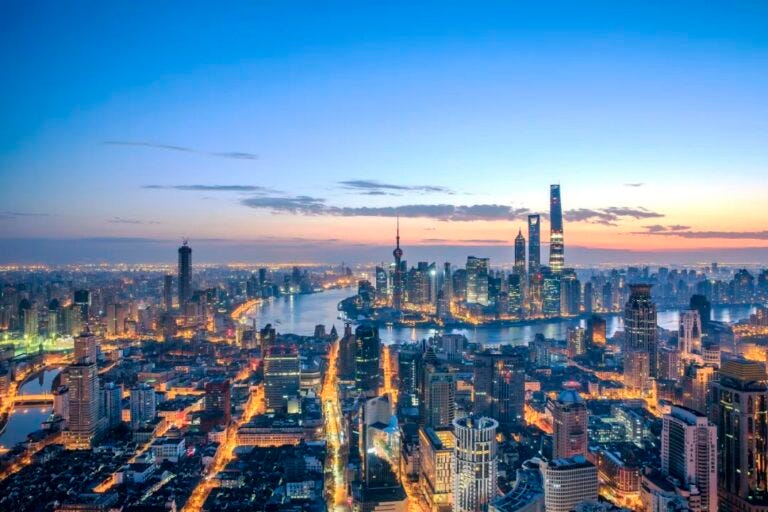THE DOMINO EFFECT - 2008 repeat?
Post Chinese New Year - The Telltale Signs for 3rd Quarter 2025
Shanghai / Beijing - 2008/09 US Housing Market Crash
April 2010 presented a stark and unsettling picture of global economic strain. Downtown Shanghai, normally a bustling hub of commerce, stood eerily deserted, a visual representation of the struggles rippling through the Chinese manufacturing sector. Apparel factories near Shenzhen and tech facilities around Ningbo mirrored this desolation. The catalyst, in part, was Walmart's cancellation of several purchase orders, a move that sent shockwaves through China's export economy, heavily reliant on US and European demand. I witnessed this firsthand working for a US importer specializing in leather work gear for the construction industry. The situation worsened as Q1 2010 drew to a close, with widespread cancellations from other US importers, driven by a significant trade imbalance and record-high petroleum prices. This confluence of factors weakened the US dollar, paradoxically empowering foreign investors to acquire US retail companies, brick-and-mortar businesses, and real estate assets at comparatively favorable prices.
Q1: MARCH 2025 - Shanghai / Shenzhen Ghost towns
The global manufacturing landscape is experiencing an unsettling quiet as China, the world's undisputed manufacturing powerhouse, remains unusually subdued following the Lunar New Year. Unlike previous years, a significant portion of the Chinese factory workforce has failed to return to their jobs in major industrial hubs like Shenzhen and Shanghai after the holiday break. This unprecedented absence has raised concerns and sparked speculation about the underlying causes and potential ramifications for global supply chains that heavily rely on China's manufacturing capacity. The uncharacteristic silence emanating from the factories typically buzzing with activity has left many wondering about the future of production and the resilience of the global economy.



